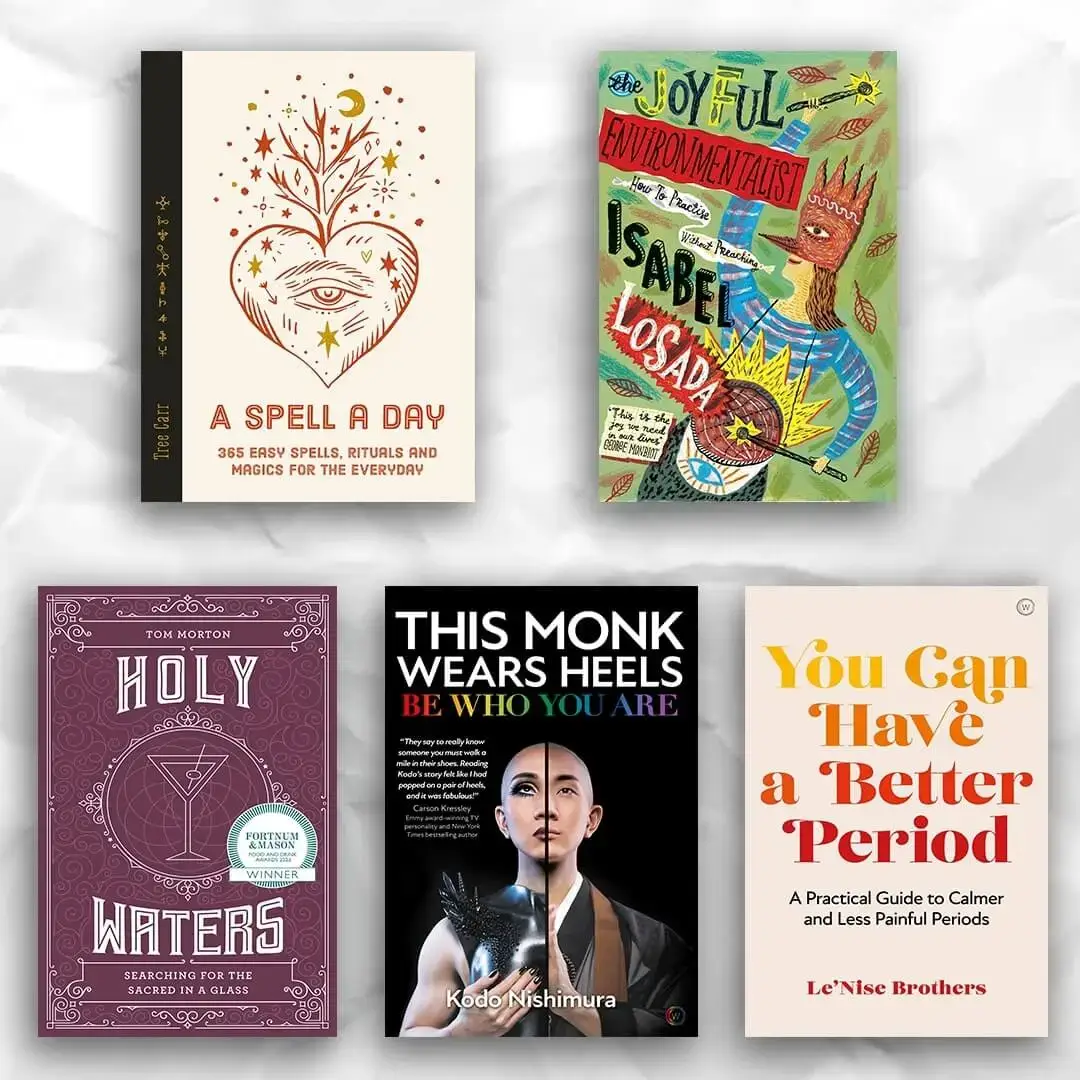
April 21st Briana Pegado at Harriett’s Bookshop
Come join us at Harriett’s Bookshop for an evening of inspiration and empowerment with Briana Pegado. Get ready to MAKE GOOD TROUBLE as we discuss important issues and how
Happy new year! We’re excited to continue our Peek into Publishing posts in 2022 with more exciting content to help you at the start of your publishing journey. As our first post this year, we’re looking to demystify the jargon used in publishing meetings and around the office. We’ve asked our editorial team to name and define the Top Ten Terms they wished they’d known when they first started in the industry. As they thought of so many important editorial terms, we’re making this a two-part special, with a second list of terms coming soon.
These terms are useful for anyone looking to work in publishing, or for someone who has recently started out in their first publishing role, whichever department it’s in. They are mentioned in meetings with all departments, so we hope you’ll benefit from learning them!
If you want to look at terms used in other departments, take a look at our previous Top Ten Terms posts by our rights, sales and marketing & publicity departments.
This includes all the content that appears in the book prior to the introduction or the first chapter. In Watkins’ books this can include:
This refers to all the content that appears in the book after the final chapter ends. In Watkins’ books this can include:
Extent is a publishing term for the page count. Printers will require the extent to be a certain number. The printers we use need the extent to be a multiple of 8, (the paper is bound in multiples of 8). So, if our book comes to 198 pages, we will add two pages at the end to make our extent 200 (a multiple of 8). This means we could add content to the end or have these as blank pages (if you’ve ever wondered why some books have blank pages at the end – this is why!)
Folios is another publishing term that has a simpler word – page number. If someone asks you to check the folios are correct, they are asking you to check each page has the page number at the bottom and the numbers are correct. By this, I mean that we don’t skip a number.
Running heads normally appear at the top of the page. At Watkins, we put the part name on the left page and the chapter title on the right page. If the book isn’t split into parts, the book title will appear on the left instead.
You’ll notice I included the title page in my list of content that appears in the prelims. The title page will be one of the first pages you see when you open the book – it has the book title, subtitle, author name and company logo in the exact position as the cover. In fact, it is almost a replica of the cover, sometimes with the design details removed. In black and white books (known as mono books), this will be the cover in black and white. See below for an example of a recently published Watkins book and its title page.


Overmatter refers to content that won’t fit on the page. If you’re working to a strict extent, and the book cannot be over a certain number of pages due to costs, then the designer will set text as overmatter rather than running it on extra pages. So, if a chapter has 3 lines running on a new page, the designer might instead mark this as overmatter at the bottom of the page. The editor would then have to cut the previous page by 3 lines to make sure this text fit.
You may often hear editors and designs talking about A heads and B heads and C heads and … you get my drift. Each heading level will have a certain design to indicate that the A heads are the larger, more important heads and the B heads come under the A heading. For example, an A head in a fitness book could be The Gym and a B head that falls under this could be Treadmills. The headings in the manuscript are labelled clearly so the designer knows the level of each heading and can design them correctly. This will look like the following:
<A head> The Gym <A Head>
<B head> Treadmills <B head>
This is a contentious piece of grammar in publishing – everyone has an opinion as to whether you should use one. Also referred to as the Oxford Comma, it’s the comma that appears before and in a list: I want a dog, a cat, and a rabbit. In Watkins, our style dictates we don’t use the serial comma, but this will differ across publishers.
You might be asked to perform a pre-press check as an Editorial Assistant. This is the final check that the editorial team performs on the book before it goes to press. You are generally checking the contents page is correct, the folios and running headers are all correct, a spell check has been performed to pick up any remaining pesky typos, there are no double spaces or pages with missing text and scanning each page for a final time to make sure no weird design elements catch your eye – for example, an A head isn’t in bold.
That’s all for this week! We hope you gained a little more knowledge of the editorial terms that get used a lot. We wish those of you seeking a job in editorial (and in publishing in general) the best of luck!
If you want to learn more about upcoming Peek Into Publishing projects, follow Watkins on Twitter. You can see all our previous Peek into Publishing posts on this page.

Come join us at Harriett’s Bookshop for an evening of inspiration and empowerment with Briana Pegado. Get ready to MAKE GOOD TROUBLE as we discuss important issues and how

Spring in Japan is sometimes called the season of farewells and new beginnings because as the trees bloom in April, the new school year begins

There can be few lighthouses that do not have a ghost story or some tale of the ethereal attached to them. Often isolated and watching

Please join us for a beautiful cherry blossom season-themed furoshiki workshop led by the wonderful Cathy Hughes from Zusetsu, to celebrate The Japanese Art of Living Seasonally by Natalie Leon, which
"*" indicates required fields
Watkins Media Limited
Shepperton House unit 11
89 Shepperton Road
London, England
N1 3DF
Watkins Media Limited
Shepperton House unit 11
89 Shepperton Road
London, England
N1 3DF

Get a FREE eBook when you subscribe to our newsletter, and be the first to know about our new releases, exciting events and all the latest news!
"*" indicates required fields